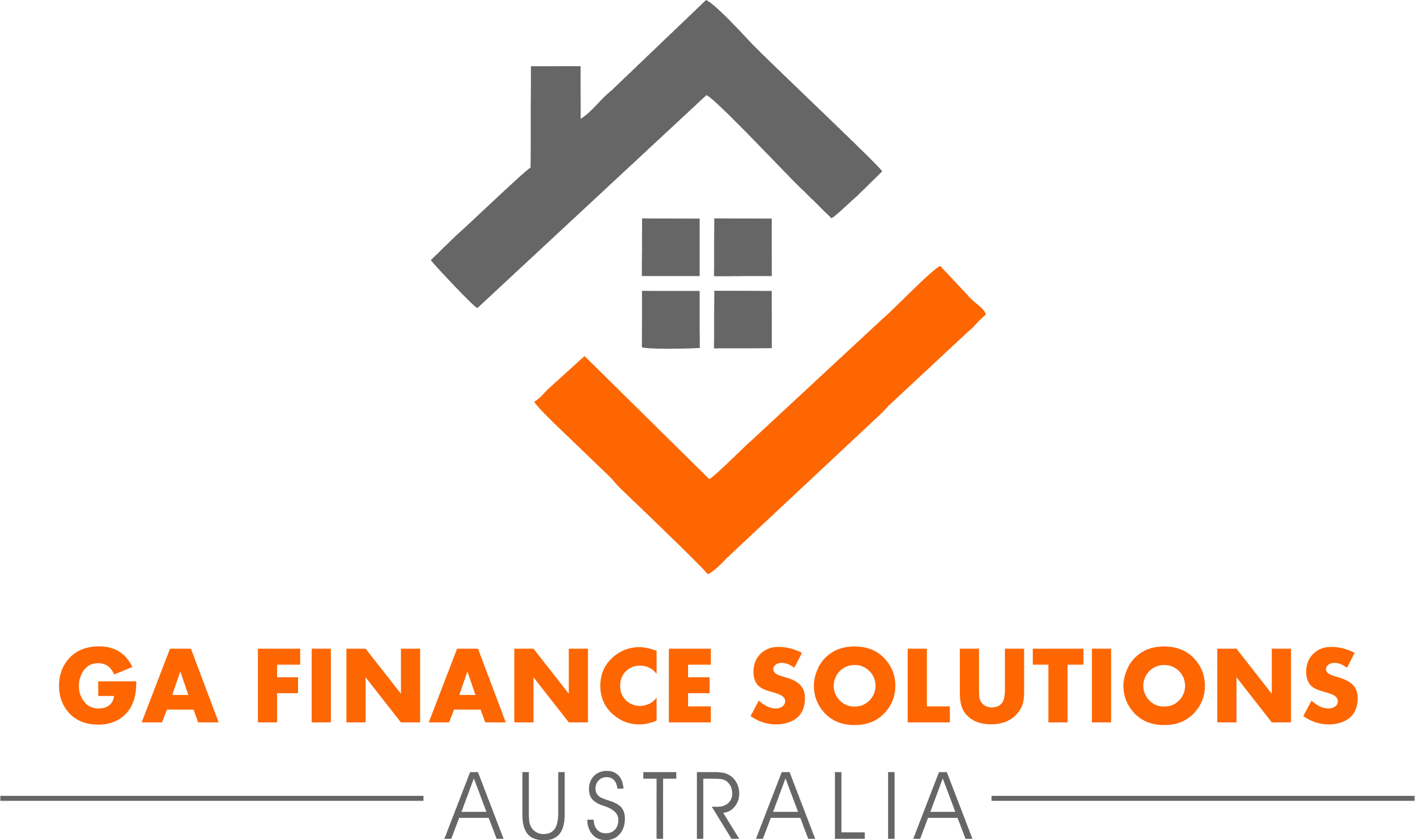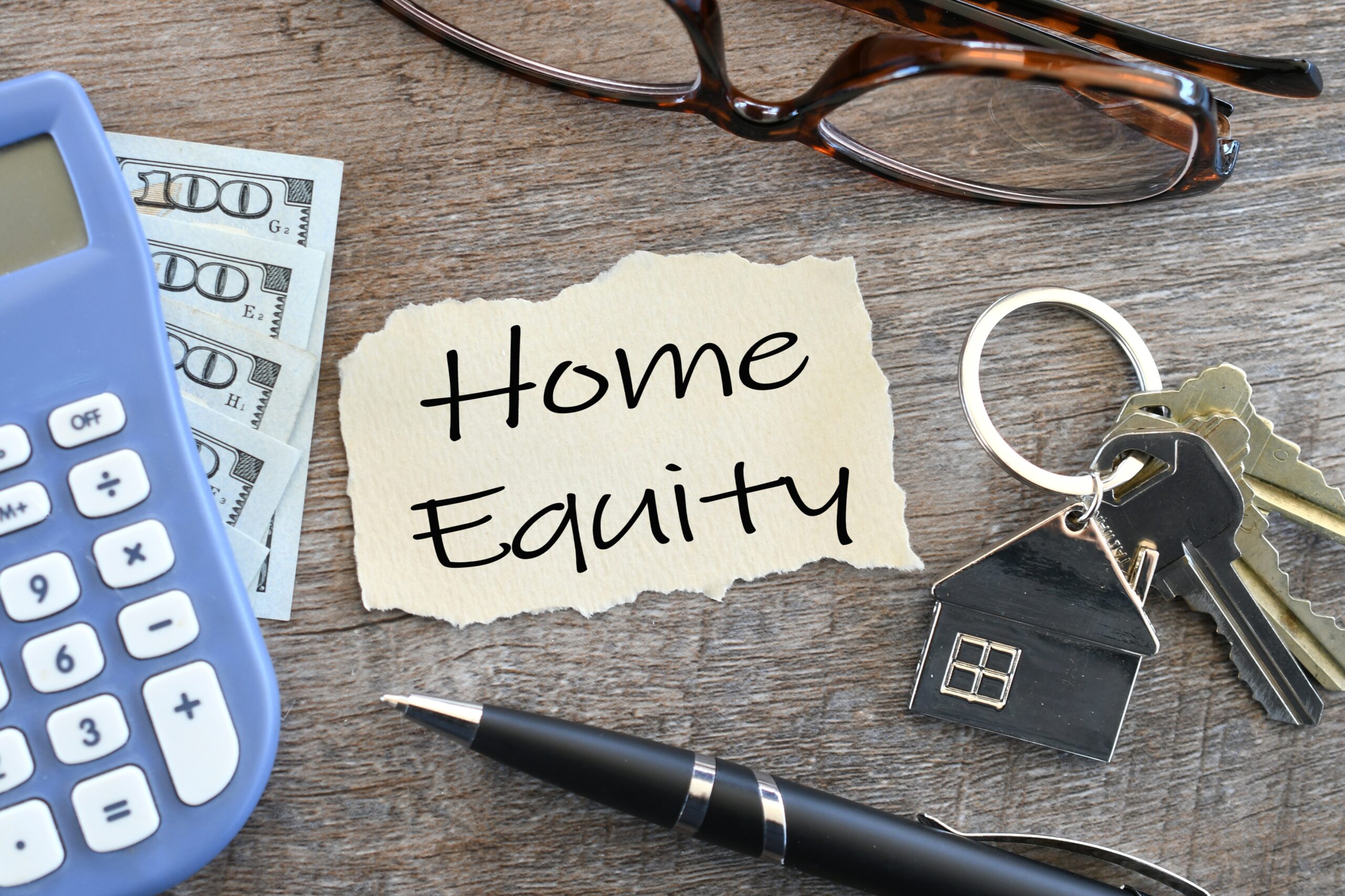The demand for fixed-rate home loans has been on the rise in recent months, as many borrowers look for stability and certainty in their mortgage payments. Even with a string of interest rate rises in 2022, the official interest rate still remains relatively low compared to the long-term average. Many borrowers are opting for fixed-rate loans to avoid any potential rate hikes in the future, and to give themselves more certainty going into 2023.
One of the main reasons for the increase in demand for fixed-rate loans is the uncertainty surrounding the Reserve Bank of Australia’s (RBA) movements in early 2023. Many experts believe that the RBA will continue to increase interest rates in the coming months, which could impact variable-rate home loans. By choosing a fixed-rate loan, borrowers can lock in an interest rate and avoid any potential increases in the future.
Giving yourself some certainty
While fixed-rate loans typically have higher interest rates compared to variable-rate loans, the added stability and certainty they offer can make them a more attractive option for some borrowers. Additionally, the current low-interest rate environment means that the difference between fixed and variable-rate loans is not necessarily as significant as it has been in the past.
One of the key benefits of fixed-rate loans is that they provide borrowers with a consistent, predictable monthly mortgage payment. This can make it easier for borrowers to budget and plan for the future, as they know exactly how much they will be required to pay each month.
In contrast, variable-rate loans can be more unpredictable, as the interest rates can fluctuate based on changes in the market. This can make it difficult for borrowers to predict their monthly mortgage payments and can impact their ability to budget and plan for the future.
Another benefit of fixed-rate loans is that they offer protection against potential interest rate hikes. As mentioned earlier, many experts believe that the RBA will continue to increase interest rates in the coming months, which could impact variable-rate home loans. By choosing a fixed-rate loan, borrowers can lock in an interest rate and avoid any potential increases in the future.
Consider if a Split Loan type might help you
A split loan is a type of mortgage where the borrower divides the total loan amount into two or more portions, each with a different interest rate. This allows the borrower to take advantage of potentially lower variable interest rates for some parts of the loan, while still being able to lock in a fixed rate for other parts of the loan.
One of the main advantages of a split loan is that it allows borrowers to hedge their bets and somewhat protect themselves against potential interest rate increases. By dividing the loan into parts with different interest rates, the borrower can limit their exposure to rising rates and minimise the overall cost of the loan. Additionally, a split loan can also provide the borrower with greater flexibility and the ability to make additional payments on the variable interest rate portion of the loan without penalty.
On the other hand, one of the main disadvantages of a split loan is that it can be more complex and difficult to manage than a traditional mortgage. The borrower will need to keep track of multiple loan accounts and loan balances and make sure that they are making the right payments on each part of the loan.
Understand what is best for you
Despite the benefits of fixed or split-rate loans, they are not the right choice for everyone. It’s important for borrowers to carefully consider their individual situation before deciding whether a fixed-rate loan is the best option for them.
One thing that all borrowers should do is talk to a mortgage broker to get advice on the best loan structure for their particular scenario. A mortgage broker can help borrowers understand their options and provide guidance on the pros and cons of fixed and variable-rate loans.
Everyone has a different lifestyle and situation, and the best loan structure for one person may not be the best option for someone else. By working with a mortgage broker, borrowers can get a loan structure that is tailored to their individual needs and circumstances.
In conclusion, the demand for fixed-rate home loans has been on the rise in recent months, as many borrowers look for stability and certainty in their mortgage payments. While fixed-rate loans typically have higher interest rates [as of today] compared to variable-rate loans, the added stability and certainty they offer can make them a more attractive option for some borrowers.
Talk to an expert
If you’re considering a fixed-rate home loan, the best thing you can do is talk to a mortgage broker and get advice on the right loan structure for your particular scenario. By working with a mortgage broker, you can ensure that you get the right loan structure for your individual needs and circumstances.








